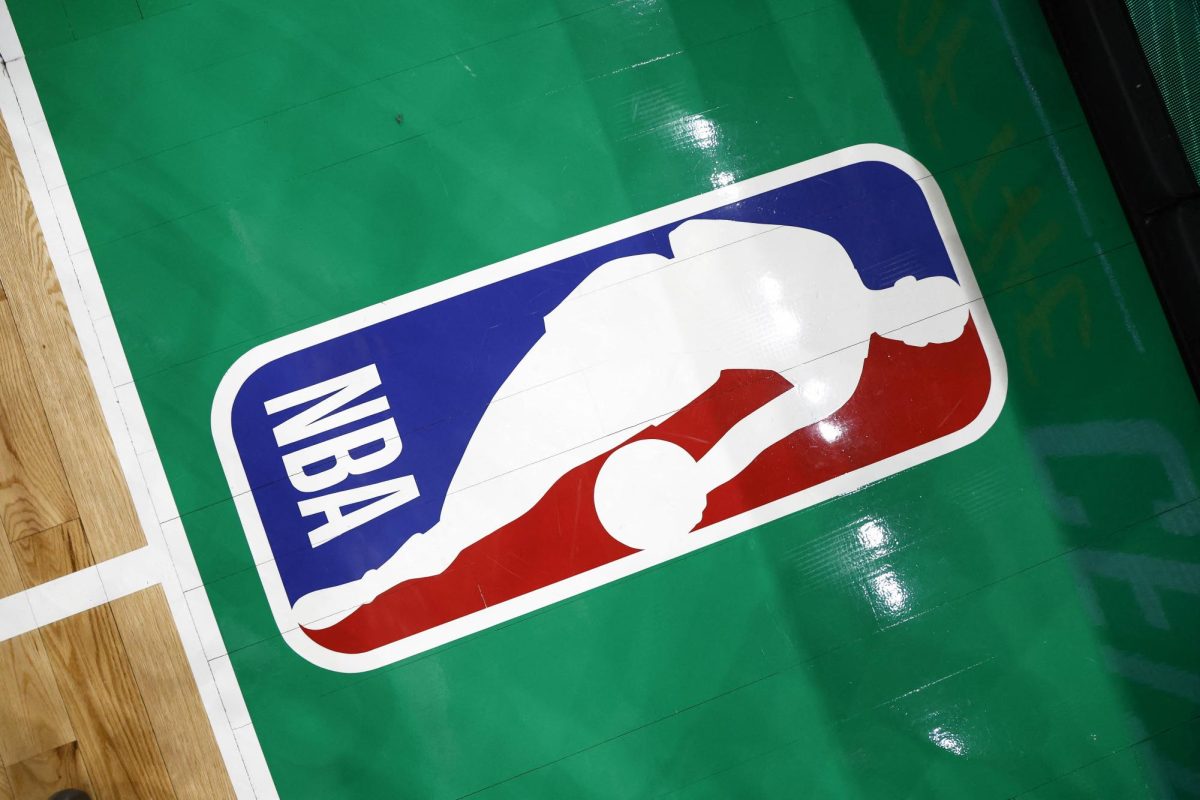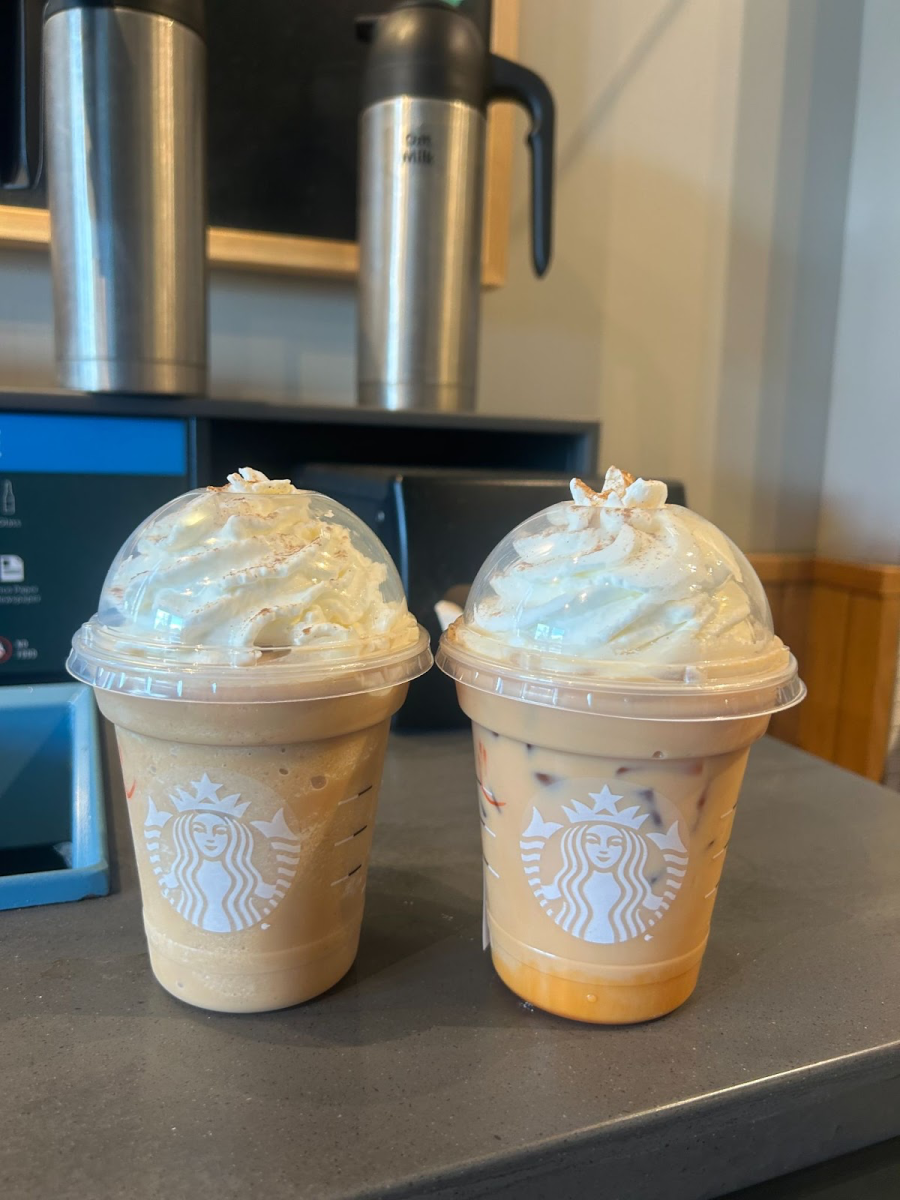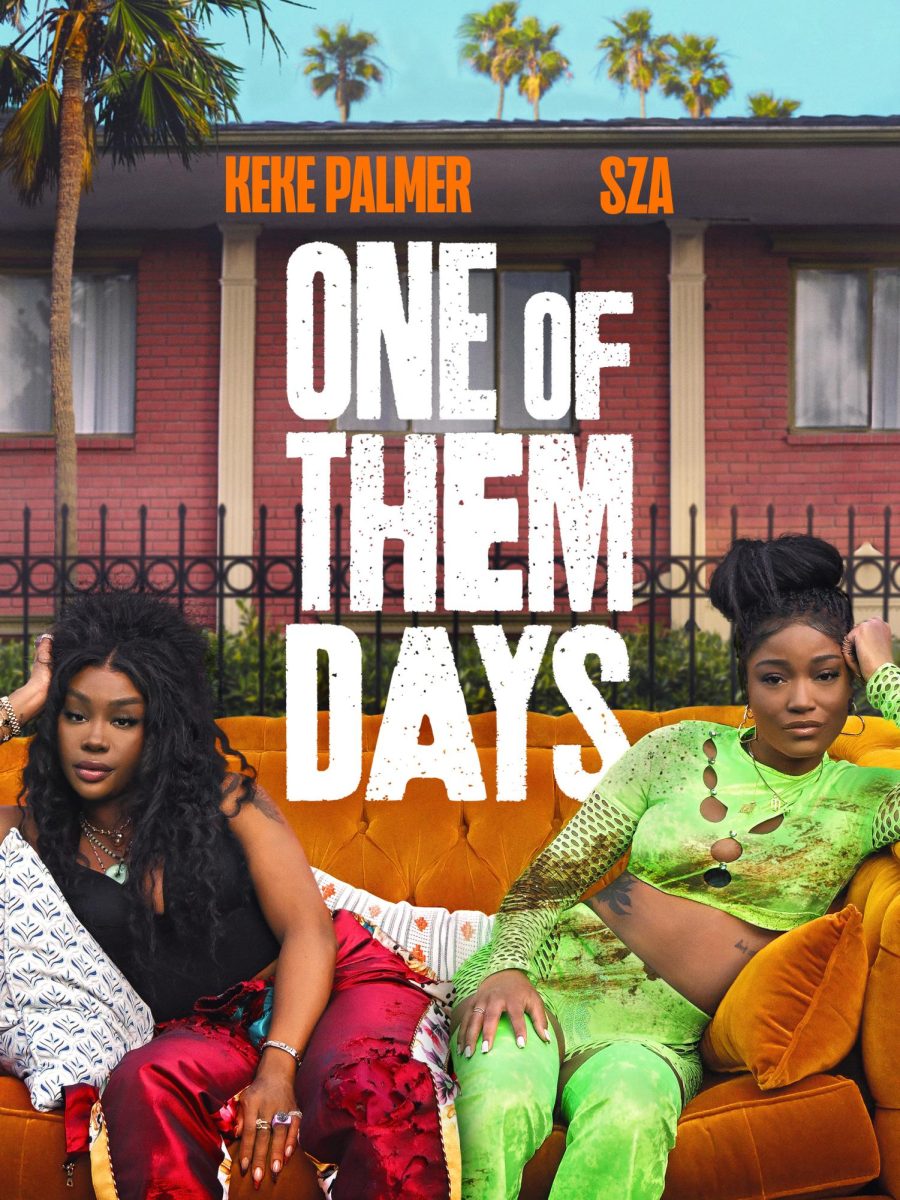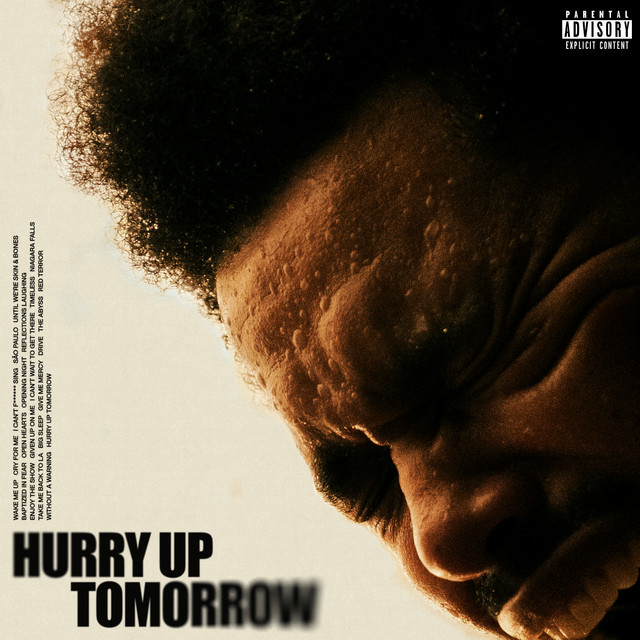By Michael Townsend
Fifty years ago this past December, a new Beatles album entitled Rubber Soul appeared in British record store windows for the first time. The Beatles were not new to the music scene, having been introduced to international superstardom some 20 months earlier with the breakthrough of various single releases in the United States, culminating in their becoming the first British rock and roll act to top the US Billboard Hot 100 with “I Want to Hold Your Hand.” Their follow-up feature length film and soundtrack entitled A Hard Day’s Night endorsed a worldwide phenomenon dubbed “Beatlemania,” yet two subsequent albums consisting mainly of cover versions of American hits led critics and fans alike to question their originality and authenticity as a musical group. When Rubber Soul hit the shelves in Britain and subsequently the United States three days later, audiences were nothing short of speechless at the creativity and artistic genius which composed the 12-inch LP’s 36 minutes, which were highlighted by truly original tracks such as “Drive My Car,” “Norwegian Wood (This Bird Has Flown),” “Michelle,” “I’m Looking Through You,” and “In My Life.”
This release marked the first in a string of commercially successful Beatles’ albums which de-emphasized the single release and explored various styles of instrumentation previously unheard of in Western popular music, which followed Rubber Soul in the following order: Revolver, Sgt. Pepper’s Lonely Hearts Club Band, Magical Mystery Tour (issued as a six-track EP in Britain, but combined with a selection of 1967 single releases in the US to create a full length album), The Beatles (popularly referred to as The White Album due to its nondescript white sleeve), Abbey Road (the final album which all of the Beatles recorded together), and Let it Be (released after the break-up of the band and produced without the band’s consent by the American “Wall of Sound” pioneer Phil Spector). These final albums have endured with critics and fans alike as some of the greatest musical masterpieces ever recorded.
The Beatles’ recording experimentation inspired many other artists to explore music in similar ways. In Britain, the band Pink Floyd, led by the “mad genius” of frequent LSD user Syd Barrett, released the psychedelic rock album Piper at the Gates of Dawn to much public intrigue. Subsequently in California, college film student mystic and equally liberal drug user Jim Morrison and his band the Doors recorded a series of albums that mixed the psychedelic rock of the Beatles and Pink Floyd with a purely American touch of the blues. Another West Coast band, the Grateful Dead, expanded on this concept further, adding touches of Hispanic music culturally important to frontman Jerry Garcia as well as touches of folk rock inspired by Bob Dylan to the Doors’ innovations. By the mid-1970’s, progressive rock, headlined by a now Barrett-less Floyd led by David Gilmour had become the prevalent musical style. Led Zeppelin and Black Sabbath helped create heavy metal, David Bowie and Elton John made glam rock mainstream, the Ramones, Sex Pistols, and the Clash pioneered punk rock, and Elvis Costello, the Cars, and Blondie put new wave on the map. By 1980, rock and roll had begun to sound very basic and was clearly defined by loud guitars and screaming vocalists, a trend which inspired a long-standing stereotype about rock music. Through the mid-1990s, rock and roll continued its reign as the leading musical genre.
By the early 2000’s, rock had become limited to a few artists of the “alternative” genre, and by 2010, rock had faded away almost completely, with the exception of the occasional radio hit. The decline of rock and roll had almost been a result of its own popularity. The rebellious subculture that had driven the success of rock and roll had been lured away by hip hop and rap. The music charts had become dominated by more modern pop music with synth licks and drum machines, a direct influence of the early 1980s transition from new wave to synthpop. With more dance-centric beats and electronic rhythms that are easy to dance to, the lyrics in pop music have reverted to pre-Beatles, hook-filled dance fad lyrics that have led to the popularization of several dance moves such as the whip, nae nae, quan, and dabb. These lyrics reflect such dance crazes that peaked around 1962 before the Beatles broke through in Britain, such as the twist, watusi, fly, swim, and mashed potato. With the reversion of music to a pre-Beatles phase, one thing is clearer than ever: music is headed in the wrong direction.
Music lovers may scorn at this statement, yet in every way it is true. Music should be advancing, not regressing. Yet in every way, music has been regressing. With the development of Auto-Tune technology, talentless people who have no idea how to sing can easily have a hit single. The artistic aspect of making music has virtually disappeared due to the end of the singer-songwriter era. After the emergence of the Beatles, the prevalence of artists who wrote their own songs grew tremendously. Being a singer-songwriter is hard, but it has its benefits: songs generally sound better and feel more authentic when performed by the person who wrote the song. In addition, it is much easier to sing something you wrote yourself than to teach it to someone else and have them do it correctly, so being a singer-songwriter allows for the creation of much more complex and creative songs than being just a songwriter does. However, many of the people that have experienced success recently have performed songs written by songwriters that have been hired by the record label, which deprives current music of such artistic benefits.
The music industry has always been churning out pop melodies, some of them more well-written than others. However, when pop music dominates the mainstream to the point where more creative musicians are kept entirely out of the scene, it is quite apparent that the music industry needs to change. Unless it is time for music to plunge into the dark depths of mediocrity, it is time to give creativity, as expressed by the Beatles on Rubber Soul 50 years ago, another chance.
Sources
“The Beatles Biography.” Rolling Stone. Rolling Stone, 2016. Web. 01 Mar. 2016.
Biography.com Editors. “Syd Barrett Biography.” The Biography.com Website. A&E Television Networks, n.d. Web. 01 Mar. 2016.
“The Doors Biography.” Rolling Stone. Rolling Stone, 2016. Web. 01 Mar. 2016.
“The Grateful Dead Biography.” Rolling Stone. Rolling Stone, 2016. Web. 01 Mar. 2016.
“New Wave.” AllMusic. All Media Network, LLC, 2016. Web. 1 Mar. 2016.
“Pink Floyd Biography.” Rolling Stone. Rolling Stone, 2016. Web. 01 Mar. 2016.
“Rubber Soul.” The Beatles. Apple Corps, 2016. Web. 01 Mar. 2016.










